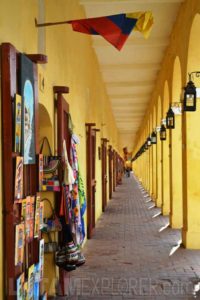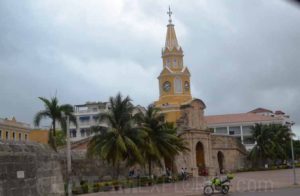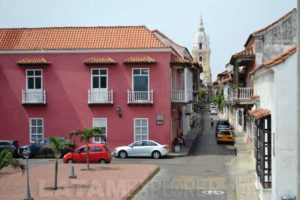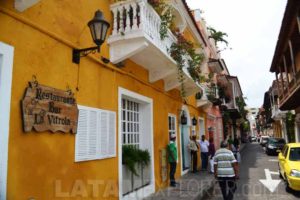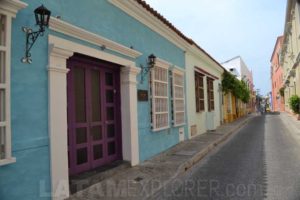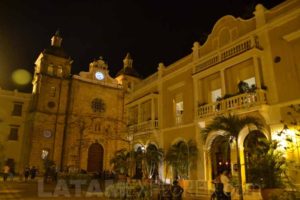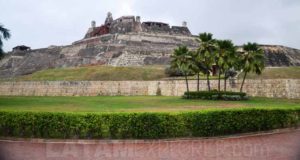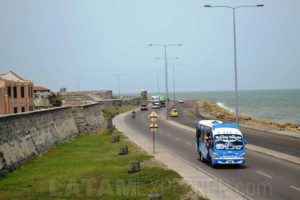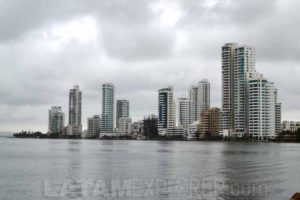Home > Destinations > Colombia > Cartagena
Cartagena
Cartagena de Indias, or simply Cartagena, is by far the main touristic destination in the Colombian Caribbean. Founded in 1533, the city started to be fortified in the late 16th century and today its historic center is still surrounded by 4km (2.5mi) of walls. This is one of the best preserved colonial cities in the whole continent and one of the most romantic destinations in the country, thanks to its mix of history, culture, sun, beaches and excellent food.
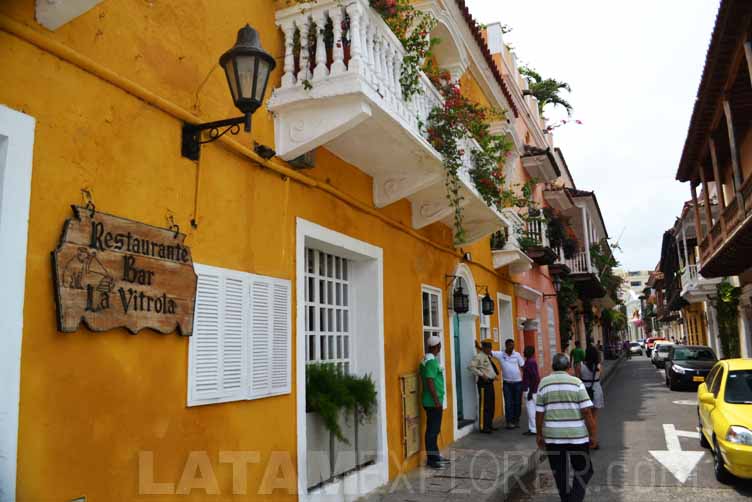
The touristic infrastructure is pretty well developed here, with accommodation options ranging from the most basic hostels to luxury resorts and restaurants sure to please every taste and budget. Cartagena currently is one of the main honeymoon destinations in all of the Caribbean and has become a popular cruise destination over the last few years, receiving more than 300,000 visitors each year through its port.
It is easy to be delighted with Cartagena. A stroll through the cobblestone streets of its historic center allows visitors to walk through centuries old houses, usually so well preserved they look as if they had just been recently built. Their balconies, regularly ornated with floral arrangements, colorful walls, parks and plazas inspire stories and transport us to a different time.
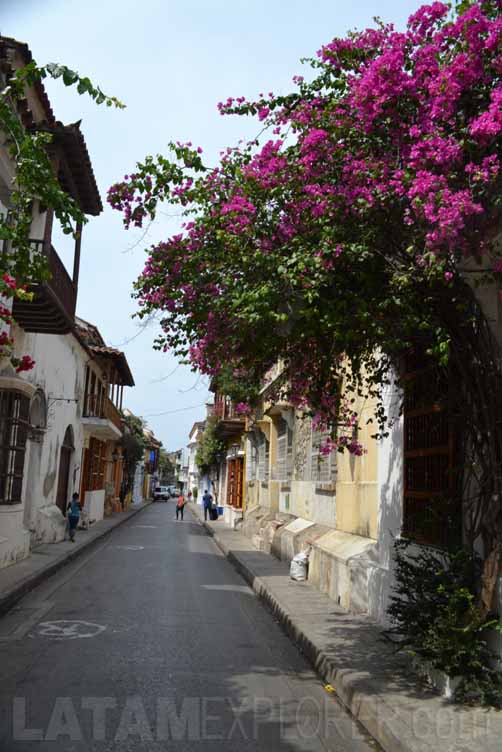
Some of the key attractions of the city include the Clock Tower, at the main entrance to the historic center, the Palace of the Inquisition, where those suspected of crimes against the religion were judged and tortured, and the Church of Saint Peter Claver, built during the 17th century by the Jesuits. The Getsemaní neighborhood, more specifically around the Santísima Trinidad square, comprise the oldest part of the city.
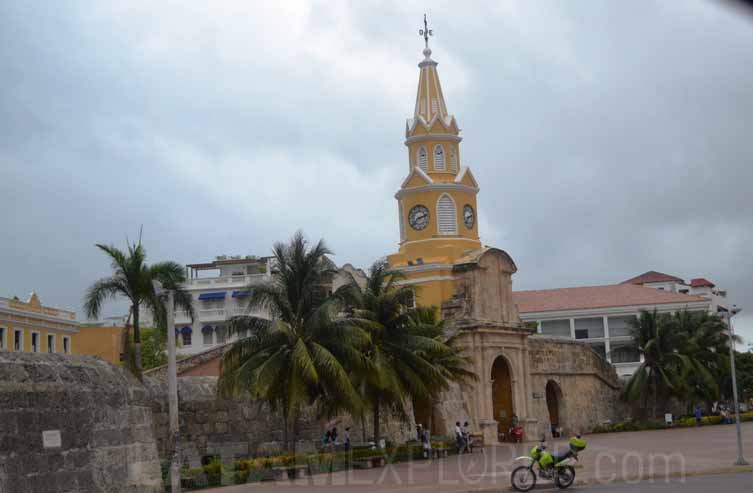
The San Felipe Castle, a fortress built by the Spaniards in 1657 to protect Cartagena, lies about 500m (1,600ft) east of the walled city. Further away, the La Popa Monastery was founded in 1607 by the Order of St. Augustine. It stands on a hill 150m (500ft) above the city, allowing for nice panoramic views of the surroundings.
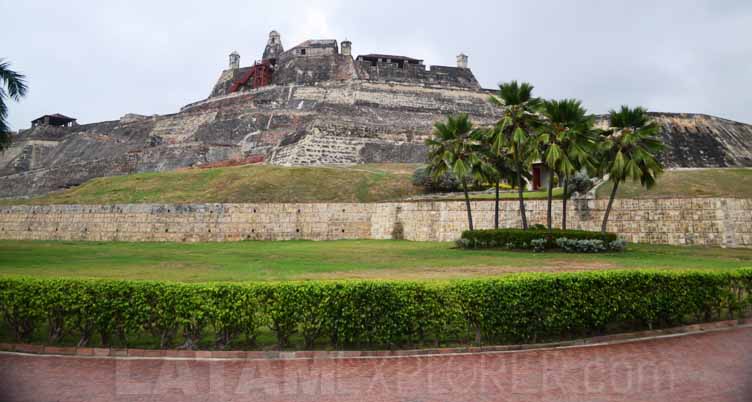
If you are not a huge fan of history, however, don't fall into despair! Leaving the historic center towards the south you will soon reach a long stripe of hotels and contemporary residential buildings facing the sea. This peninsula, known as Bocagrande, is the place to see and meet the affluent layer of the local society who flock in to spend time in fashion cafes, bars and trendy restaurants.

In order to find the best beaches of the region, though, you will need to keep moving south. Playa Blanca (White Beach), at Barú Island, is a pretty nice option in the vicinity. To get there you will need to take a cab from Cartagena or a take a bus to Pasacaballos followed by a cab to complete the journey. Many local tour agencies offer the service too. Besides, most of them offer transport to Playa Blanca by boat from the Bodeguita Dock, at Cartagena's historic center. Tour agencies will usually try to sell a trip to both Rosário and Barú islands on the same tour. You should probably stick to Barú alone, unless visiting an aquarium will really make your day happier. This place is beautiful and ideal to swim, snorkel or just relax by the beach. When engaging in any of these activities, however, keep in mind this piece of advice: as a foreign tourist you will be targeted by oysters' sellers and women offering massages. They will always offer you a "free" sample that will invariably end up costing several times the actual price of the product or service. If you happen to be interested, don't accept the sample and try to agree on a price beforehand, otherwise decline it polite but energetically... and get your stock up some patience to keep declining for a while. Apart from this, these islands are truly fantastic.
Cartagena is located 1,070km (665mi) north of Bogotá and 230km (140mi) southwest of Santa Marta. Its airport is directly connected to many Colombian cities, like Bogotá and Medellín, besides a few international destinations. Cartagena also is a strategic spot for those driving between South and Central America. As a road connection between the two continents is still to be built, the easiest way to make the crossing is taking the vehicle with you on a ferry from Cartagena to Colón, a city next to the Panama Canal.
